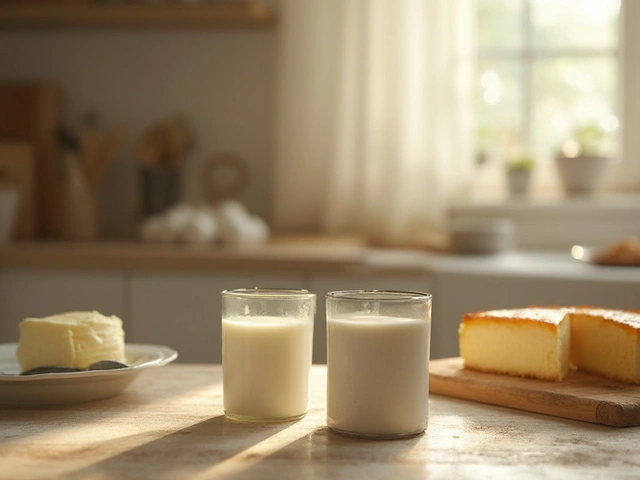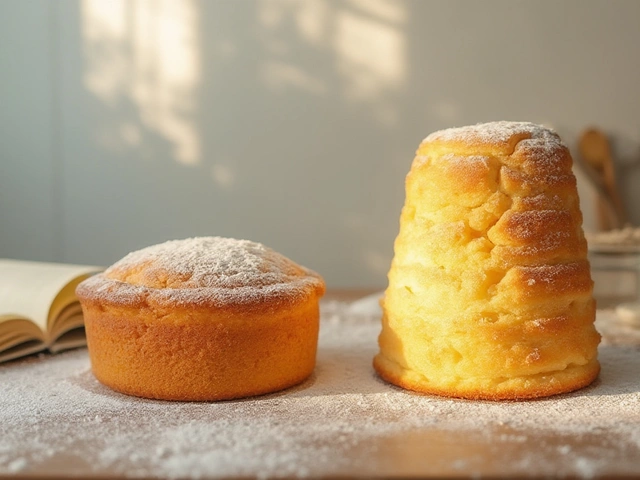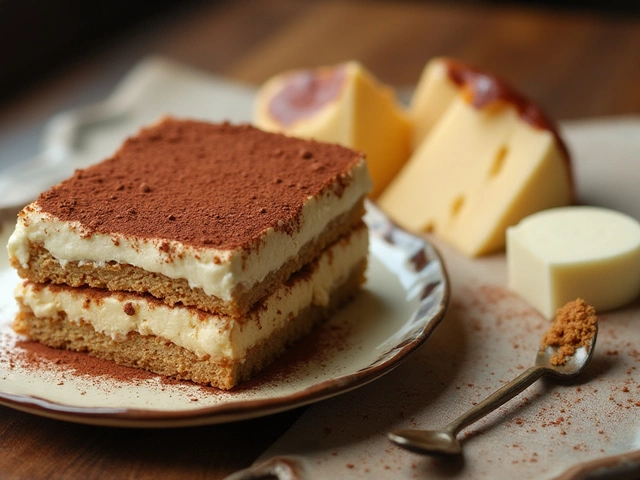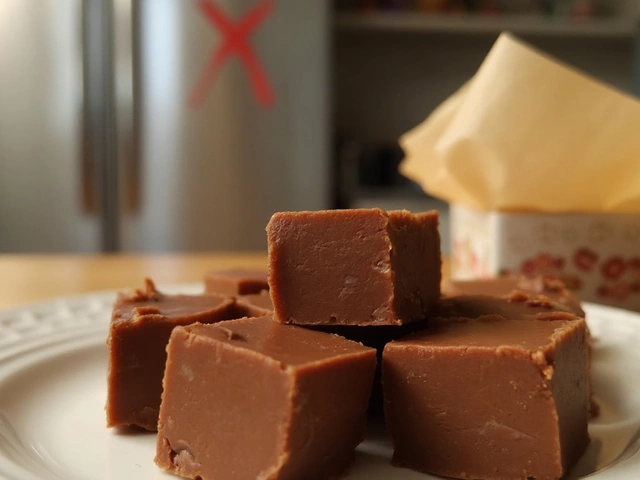Italian Culture Through Its Most Loved Desserts
When you think of Italy, you probably picture pizza, pasta, and a gorgeous coastline. But the real heart of Italian culture lives in its desserts. From the creamy layers of tiramisu to the crunchy shell of a cannoli, each sweet has a story that tells us a lot about history, family gatherings, and regional pride. Below you’ll find quick, useful facts that let you enjoy these treats at home while appreciating where they came from.
Tiramisu: What the Name Really Means
The word “tiramisù” translates roughly to “pick me up” in Italian. It’s a nod to the espresso and cocoa that give the dessert a natural energy boost. The classic recipe layers ladyfinger biscuits soaked in coffee with a mixture of mascarpone, egg yolks, and sugar, then finishes with a dusting of cocoa powder.
If you want to make tiramisu without worry, keep these simple tips in mind:
- Use strong, freshly brewed espresso – it makes the flavor pop.
- Ask for alcohol‑free ladyfingers if you’re serving kids or avoiding alcohol.
- Let the assembled dessert chill for at least four hours; this lets the flavors meld and the texture firm up.
Storing tiramisu in the fridge for up to two days works fine. Just keep it covered so it doesn’t soak up other odors.
Cannoli: A Bite of History
Cannoli come from Sicily, where they were first prepared for Carnival celebrations. The name comes from the Italian “cannolo,” meaning “little tube,” which describes the fried pastry shell perfectly.
The traditional filling is sweetened ricotta cheese, sometimes mixed with mini chocolate chips or candied orange peel. Here are three quick ways to upgrade your cannoli at home:
- Whip the ricotta with a splash of vanilla extract for extra aroma.
- Add a pinch of cinnamon or lemon zest for a fresh twist.
- Pipe the filling into the shells just before serving to keep them crisp.
If you don’t have time to fry shells, you can buy pre‑made ones and focus on perfecting the filling. Remember to dust the finished cannoli with powdered sugar right before plating – it adds a glossy finish and a sweet touch.
These two desserts are just the tip of the Italian sweet iceberg. Whether you’re exploring a new recipe or sharing a family favorite, each bite connects you to a centuries‑old tradition. So grab a cup of espresso, roll up your sleeves, and bring a little Italian culture into your kitchen today.

What Is the Favorite Dish of Italians? Unveiling Beloved Italian Foods
Discover what truly captures the hearts—and taste buds—of Italians, from their most beloved dishes to the unique food traditions and modern cravings.
View More




